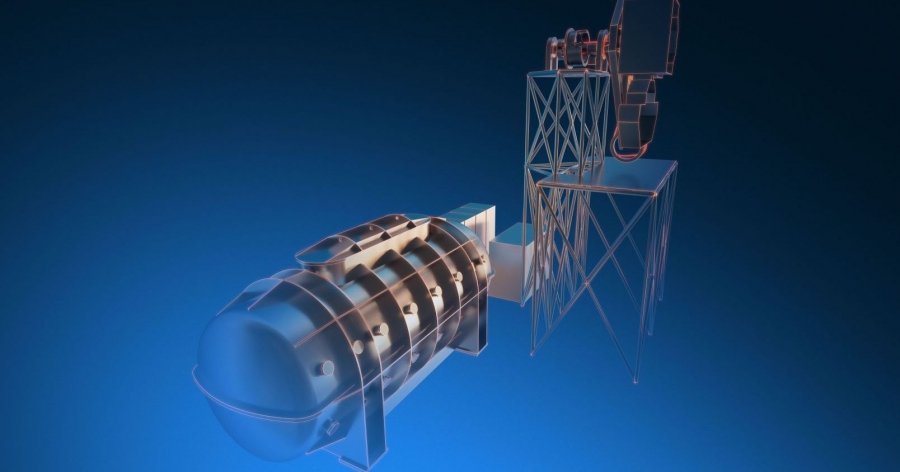
The European Southern Observatory (ESO) has signed a contract with an international consortium which includes the Nicolaus Copernicus University in Toruń to design and build a specialised ANDES spectrograph. It will be used to search for the first stars and for signs of life on Earth-like planets, as well as to measure directly the acceleration of the expansion of the Universe.
The high-resolution ANDES (ArmazoNes high Dispersion Echelle Spectrograph), formerly known as HIRES, will be a powerful spectrograph – an instrument that divides light into its component wavelengths, allowing astronomers to study objects that require highly sensitive observations. It will enable detailed studies of the atmospheres of Earth-like exoplanets, enabling scientists to search intensively for signs of life. It will also be able to analyse chemical elements in distant objects in the early Universe, making it possibly the first instrument capable of detecting traces of population III stars, the earliest stars formed in the Universe. In addition, astronomers will be able to use ANDES data to test whether the fundamental constants of physics are changing in space and time. Its comprehensive data will also be used to directly measure the acceleration of the expansion of the Universe, one of the most pressing mysteries of the cosmos.
The ANDES project is being developed by an international consortium comprising research institutes from 13 countries: Brazil, Canada, Denmark, France, Germany, Italy, Poland (represented by the Nicolaus Copernicus University), Portugal, Spain, Sweden, Switzerland, the United Kingdom and the United States.
– The NCU's contribution consists mainly in participating in the construction of the apparatus, the system for internal calibration of the spectrograph. Dr habil. Piotr Masłowski, NCU Prof. from the Institute of Physics, and his team are involved in this task, explains prof dr habil. Andrzej Niedzielski from the NCU Institute of Astronomy, who participates in the preparation of the research programme for the new instrument, in particular the part concerning detection and analysis of extrasolar atmospheres of Earth-like planets, and is involved in the work of the project's management bodies.
The Big Eye
ANDES will be mounted on the Extremely Large Telescope (ELT, formerly: European Extremely Large Telescope - E-ELT). It is a project of the world's largest optical and infrared telescope, developed by the European Southern Observatory in Chile. It is already being called the 'biggest eye in the sky'. - will have as much as a 39-metre-long primary mirror, plus it will be equipped with a number of state-of-the-art instruments, including ANDES itself. It is being built in the Atacama Desert in northern Chile, and is expected to be launched at the end of this decade.
It is worth mentioning that extremely large telescopes are considered worldwide as one of the highest priorities in terrestrial astronomy. They are expected to lead to greater advances in astrophysical knowledge, allow deeper exploration of our Universe and provide sharper views of cosmic objects than ever before.
An international agreement
The agreement for the design and construction of the ANDES spectrograph was signed on Wednesday 5 June by ESO Director General Xavier Barcons and Roberto Ragazzoni, President of the Italian National Institute of Astrophysics (INAF), the institution leading the ANDES consortium. The event was also attended by Vincenzo Fiorentini, Scientific Counsellor of the Italian Embassy in Berlin, and Alessandro Marconi, ANDES Principal Investigator from INAF, as well as other dignitaries from ESO, INAF and the ANDES consortium. The signing took place at ESO's headquarters in Garching, Germany.

photo: ESO
– ANDES is an instrument with enormous potential for scientific breakthroughs that could profoundly affect our perception of the Universe far beyond the small community of scientists, announces Alessandro Marconi.
More information regarding the agreement is available on the ESO website: https://www.eso.org/public/announcements/ann24010/

 Grudziądzka 5, 87-100 Toruń
Grudziądzka 5, 87-100 Toruń